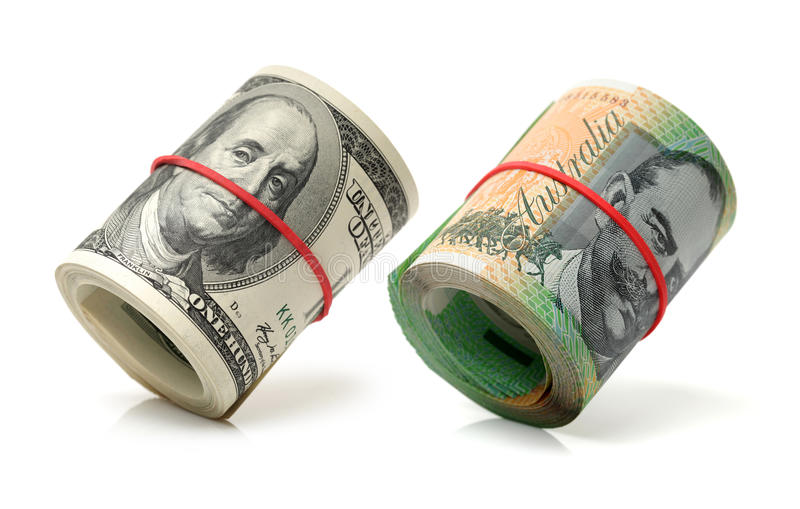Australian dollar is falling as the US dollar strengthens.
On Tuesday, the Australian Dollar (AUD) extended its losing streak that began on January 11. The AUDUSD pair is under pressure after the January Westpac Consumer Confidence report showed a decrease. This development may contribute to the perception that the Reserve Bank of Australia (RBA) would not tighten policy further at its upcoming board meeting in February.
Australian consumer confidence fell by 1.3% in January, compared to 2.7% the previous month.
Consumer Confidence in Australia, published by the Faculty of Economics and Commerce at the Melbourne Institute, fell by 1.3% after increasing by 2.7% the previous year. However, the TD Securities Inflation data released on Monday showed a rise in December, which may have reduced the Aussie Dollar’s losses.
The Fed’s Bostic has warned that inflation may slow in the coming months.
The US Dollar Index (DXY) opened higher on Tuesday, aided by higher US Treasury yields. Following hawkish remarks by Atlanta Federal Reserve (Fed) President Raphael Bostic over the weekend, investor confidence in the US Dollar (USD) looks to be returning.
According to the Financial Times, President Bostic cautioned that if authorities lower interest rates too fast, inflation could “see-saw.” He predicted that inflation will likely slow in the next months as it approached the central bank’s 2.0% target.
Traders will most likely keep an eye on On Tuesday, the NY Empire State Manufacturing Index is predicted to fall to 5 from a prior reading of 14.5. On Wednesday, China’s Gross Domestic Product (GDP) and Retail Sales figures will be released.
Daily Market Movers: The Australian Dollar falls when the US Dollar rises.
In December, Australian TD Securities inflation jumped by 5.2% year on year, up from 4.4% in November.
Australia’s job adverts increased by 0.1% in December, reversing a 4.6% decrease the previous month.
The People’s Bank of China (PBoC) kept its medium-term facility rate at 2.5%, raising expectations that the Reserve Requirement Ratio will be cut the following month.
The Chinese Consumer Price Index (YoY) fell by 0.3% in December, compared to the projected 0.4% drop. The monthly The Consumer Price Index fell by 0.1%, versus the market’s expectation of 0.2%. The yearly Producer Price Index declined by 2.7%, slightly more than the predicted 2.6% drop.
On Friday, Barclays updated its projection for the first Federal Reserve (Fed) rate cut, shifting it from June to March. In a note issued on Friday, Barclays analysts predicted that the Federal Open Market Committee (FOMC) would cut the Fed Funds rate by 25 basis points at its March meeting.
According to the US Bureau of Labor Statistics, the December Producer Price Index (PPI) was 1.0% higher year on year than the prior reading of 0.8%. YoY Core PPI was 1.8%, down from 2.0% in November. The headline and Core PPI indexes were unchanged on a monthly basis. -0.1% and 0.0%, respectively.
According to the US Bureau of Labor Statistics, the Consumer Price Index (CPI) increased by 3.4% year on year in December. Beating both November’s 3.1% and the market’s expected 3.2%. The monthly CPI increased by 0.3% in December, exceeding market analysts’ projected 0.2% gain. The annual Core CPI was 3.9%, down from 4.0% in November. While the monthly figure stayed stable at 0.3%, in line with predictions.
Technical Analysis
The Australian Dollar falls below the key level of 0.6650.
On Tuesday, the Australian Dollar is trading above 0.6620. Just above psychological support at 0.6600 and above the 50% retracement level at 0.6566. And significant support at 0.6550. On the upside. The major resistance appears at 0.6650. The 14-day Exponential Moving Average (EMA) level at 0.6699 was aligned with the psychological level at 0.6700.









